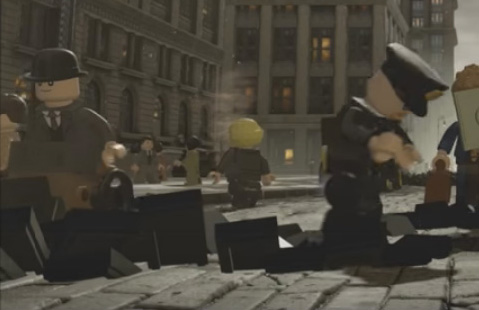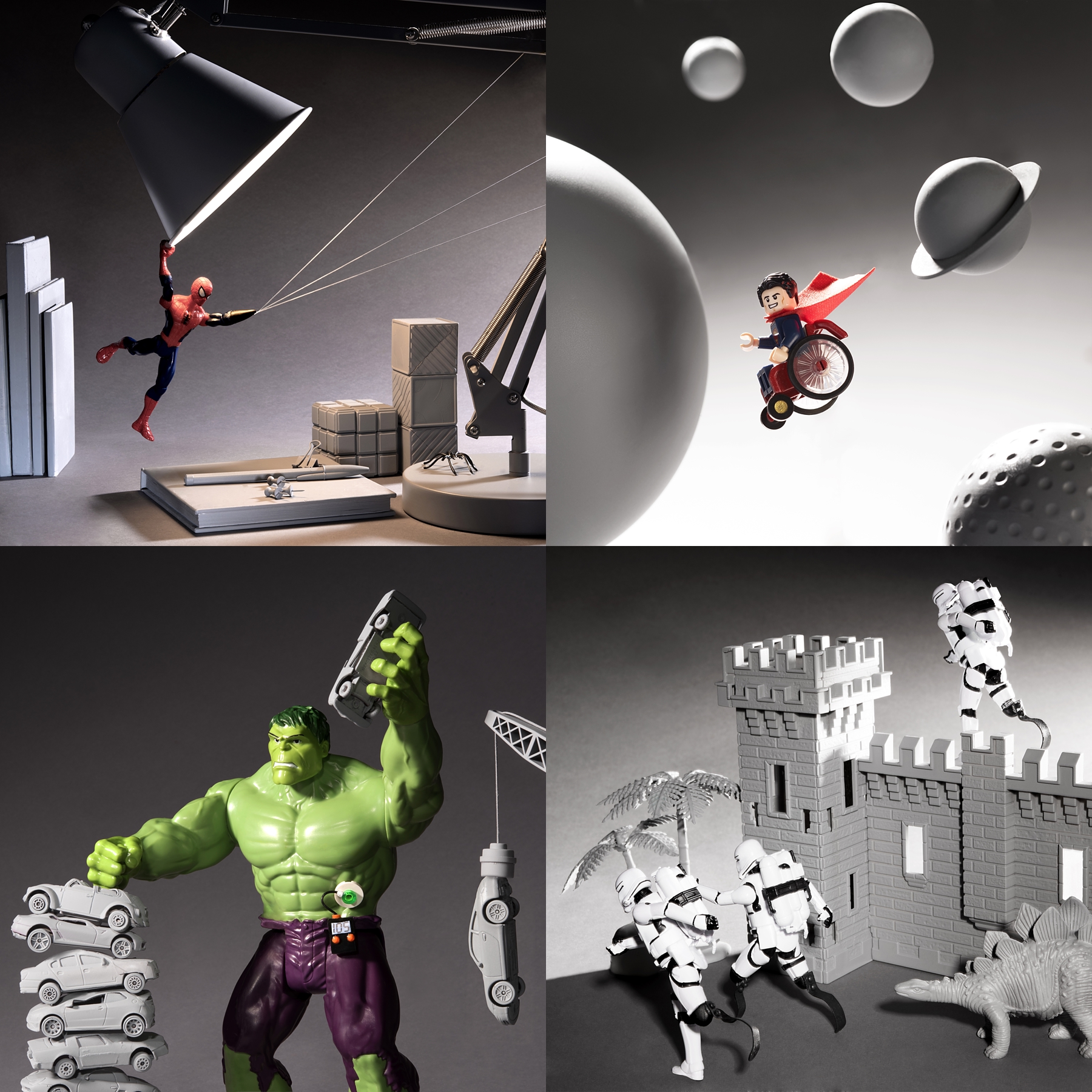
The #ToyLikeMe site uses cookies, we just thought you'd like to know...
Close
The move to include several wheelchair users as background characters in the new Lego Dimensions Fantastic Beasts and Where to Find Them game, comes less than a year after Lego issued the acclaimed world’s first wheelchair mini-figure at the 2016 Nuremberg Toy Fair amid growing pressure from parent-led group #ToyLikeMe.

“Whilst the wheelchair user is only on screen for a matter of seconds, it’s a significant move by Lego to be more inclusive”, says #ToyLikeMe co-founder Rebecca Atkinson. “We commend Lego for making the character a positive self-propelling wheelchair-using City gent, rather than pandering to the usual snoring boring medical or evil baddie disability stereotypes. This kind of incidental representation from a brand as big as Lego speaks volumes about inclusion and aspiration for ALL children.”
Atkinson and fellow parents established the online #ToyLikeMe movement in April 2015 to call on the global toy industry to positively represent 150 million disabled children worldwide.
“We hope this is just the start,” says Atkinson, “And that Lego will be braver next time and include more disabled characters to help change the attitudes of a generation.”
#ToyLikeMe have recently launched an online exhibition, Toy Box Tales, of modified toys, including Lego, in a bid to raise debate around the issue of HOW disability is represented in children’s industries and influence toy designers of future products.

“We took a grey Lego wheelchair and sprayed it red and added a superman figure to hopefully inspire toy designers to rethink how they approach disability representation,” says Atkinson. “Still now, toy wheelchairs tend to be grey and the characters elderly or injured. We wanted to shake out the dust, and play fearlessly with the aesthetics of disability.”
The full collection of inspiring images can be seen – HERE
Press kit – HERE
Mash Design | Beth Moseley Photography | #ToyLikeMe Community Interest Company (not-for-profit) - 10778527
